Analysis of China's Tractor Sales Market in 2023
Recently, the head of a well-known agricultural machinery important component supporting enterprise went around the market, and the chill emanating from the market made him feel "below his knees". As the leading tractor of agricultural machinery, except for a few leading enterprises that occasionally pick up their tractors, other manufacturers are almost ignored. According to his estimation, over 80% of small and medium-sized enterprises (mainly Weifang series) will not survive the end of this year. In terms of harvesting machinery, another leading product, traditional wheeled wheat harvesters have significantly declined, and users have almost no interest in all categories of the corn harvester market. The scene of hot sales of both stem and ear harvesters in the past two years has not recurred.
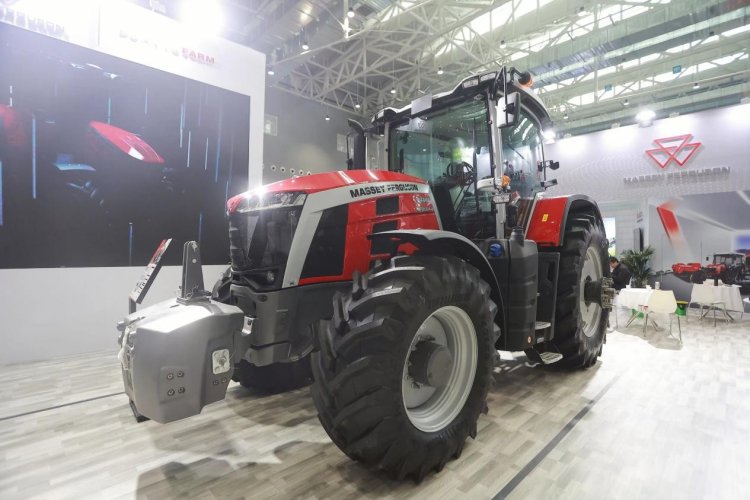
In the Rice transplanter market, which has almost passed the sales season, the sales data of several major agricultural machinery enterprises show that it has dropped by more than 40% over the same period last year. The Rice transplanter of the former "fragrant cake" brand was also cold.
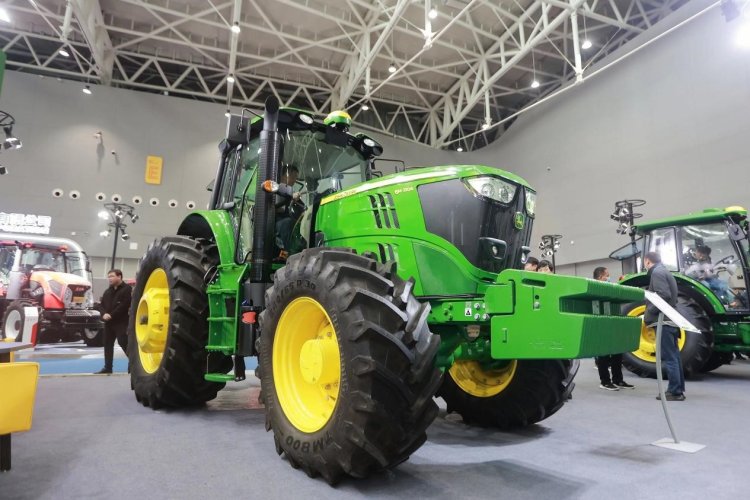
According to data provided by the Tractor Enterprise Management Committee of the China Agricultural Machinery Industry Association and others, Zhongtuo, with the highest sales in the tractor industry, saw a total sales volume of 75622 Zhongtuo units in the first quarter, a year-on-year decrease of 16.3%. However, a large part of this was sold in advance after digesting last year's inventory, which truly deterred the farmers of Guo4 tractors. The average production and sales rate in the first quarter of this year was 99.1%, compared to 127.%% in the first quarter of last year, a significant decline of 28%. At the same time, from the perspective of sales products, except for the 50 series, the other 7 varieties and series have all decreased, because the 50 series has been less affected by the impact of the fourth national standard, while the other series of products have been affected by the significant increase in post-processing costs, which has affected their purchases. From the analysis of Datuo, in the first quarter, Datuo sold 29652 units, a year-on-year decrease of 15.7%. At the same time, Datuo's production and sales rate was only 88.%, 11% lower than that of Zhongtuo, and a decrease of 27% compared to the same quarter last year. This indicates that Datuo has been more affected by the Fourth National Year than Zhongtuo.
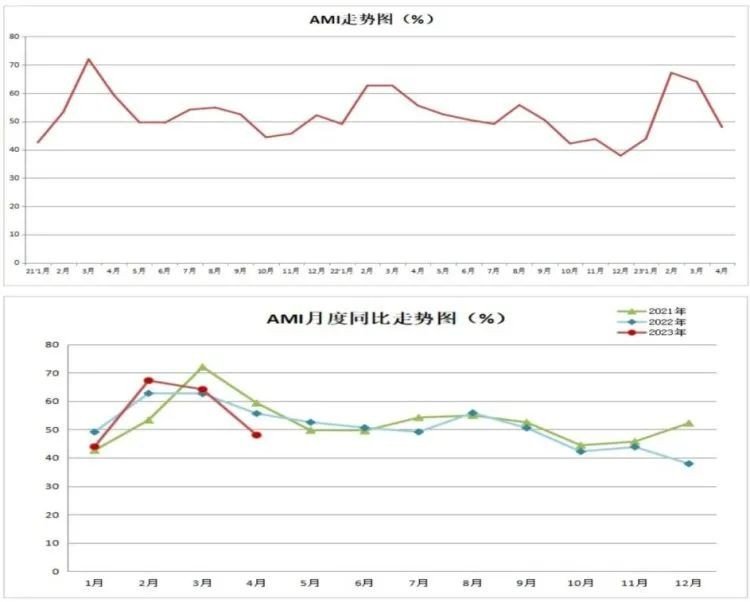
The depression in the mainframe market has led to a significant decline in the agricultural machinery market. According to information obtained by the author from several leading brands of rotary tillers, bundling machines, seeders, and fertilizer spreaders, sales this year have shown a significant decline compared to last year.
Multiple signs indicate that with the end of the epidemic, the development vitality of other industries is spurting out, except for the absence and lack of joy in the agricultural machinery industry.
Significantly increased cost of using agricultural machinery throughout its entire lifecycle
The agricultural machinery market entered a cold winter in the first half of the year, which was expected by industry insiders. It was already a precedent in the year when the agricultural machinery country was upgraded from country two to country three, but this time, the upgrade from country three to country four was more intense and intense than that time.
In previous years, the spring plowing production season was a period of strong sales of agricultural machinery. The first quarter was a season of Rice transplanter and tractors. Leading harvester enterprises such as Weichai Lovol, Zoomlion Agricultural Machinery and Ward Agricultural Machinery were in the peak production season every day after the beginning of the year. Since the beginning of this year, only a few leading tractor companies have been relatively busy with production, and this is mainly to prepare for the exhibition and sales of national fourth grade products by dealers in various regions.
The primary factor lies in the increase in manufacturer research and development costs, certification costs, and process costs brought about by the upgrading of agricultural machinery in the fourth stage, which are transmitted to farmers' purchasing costs. At the same time, the need to add urea leads to a significant increase in later use costs and various maintenance costs, making it more difficult to use, which makes potential consumers in the transition period hesitant. In addition, factors such as unclear income expectations for grain farmers and weakened leverage for agricultural machinery purchase subsidies are also included, Most machine owners will extend the service life of their country's third product, which even leads to an increase in the price of the "new machine to second mobile phone" country's third agricultural machinery. It is understood that the fourth diesel engine alone will increase the price of the main engine by 12% -15%. Specifically, a tractor with 50 to 100 horsepower costs 6000 to 15000 yuan more; For 100 to 200 horsepower, the cost will increase by 22000 yuan; For tractors with a horsepower of over 200, the cost will increase by 25000 to 30000 yuan.
It should be noted that in the past, when a tractor with a horsepower of over 200 was subsidized for 112000 yuan in Northeast China and other regions, excluding subsidies, buying a domestically produced tractor in some years could reach a maximum of less than 150000 yuan, and some brands could even cost only 20000 to 30000 yuan. This is equivalent to farmers paying twice the price of a tractor with a horsepower of over 200 compared to the past, which naturally dampens their purchasing desire.
In fact, the fourth agricultural machinery in China has not only brought about an increase in the cost of purchasing to farmers and agricultural producers in China. It raises the use cost of the whole Product lifecycle, including the operation cost and maintenance cost during the use period.
In terms of driving up the cost of using diesel for farmers, the fourth year of China requires higher quality diesel. We know that the quality of oil in rural areas is much worse than that in big cities. A friend told me that once I added fuel in rural areas, it took almost half the time to drive compared to the fuel added in county towns. Poor quality oil products will cause much greater damage to the fourth generation diesel engine than in the past. In addition, the National Fourth Tractor also needs to consume a certain proportion of urea. A normal liter of urea costs 3 yuan, and the cost of operating 30 to 40 acres of land per day is not small. On the one hand, it increases the cost and profit pressure of the operator, and also raises the cost of using the machine for farmers, ultimately requiring users to pay the bill.
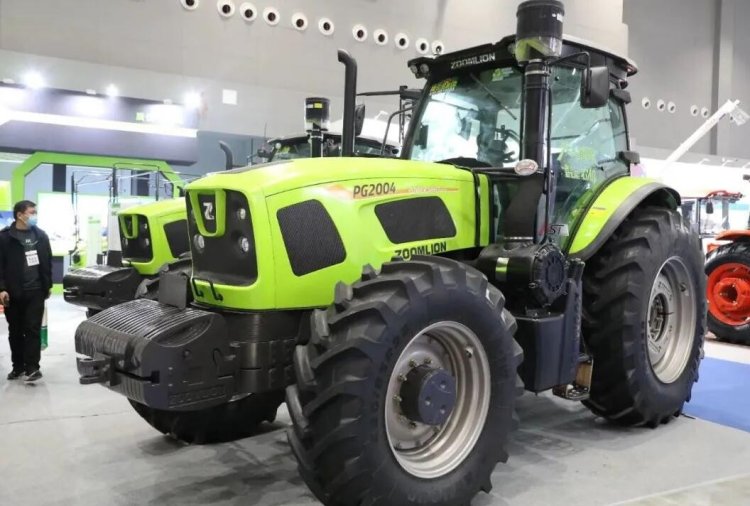
In fact, when agricultural machinery is upgraded to the fourth national standard, what we see is only the explicit cost, and the huge expenses incurred by engine and mainframe enterprises in product research and development and equipment process upgrading during this process. In order to switch to the fourth tier in a timely manner, engine companies started preparing three or four years in advance, and needed to undergo significant production process modifications or new production lines, with tens of millions of funds being spent casually. In addition, engine companies also have a particularly large expense, which is the cost of new product certification. The emission certification of a product requires over 200000 yuan - how many engines can be sold to earn these net profits? A certain diesel engine factory with a total profit of one billion yuan in 2021 spent over 30 million yuan on certification fees for more than a dozen new products in China last year. This cost is equivalent to skyrocketing prices!
Farmers are the ultimate bearers of environmental upgrading costs
Who will ultimately bear the cost of rising costs during the fourth round of the national policy—— Farmers, of course, are the only ones.
Of course, from the perspective of the industrial chain, manufacturers will face significant operational pressure in the short term, which will further widen the distance between China's agricultural machinery manufacturing and foreign counterparts. At the same time, some small and medium-sized enterprises will be directly shuffled and removed, reducing the richness and vitality of China's agricultural machinery development ecology; For distributors, due to operational difficulties, they will reduce their investment in after-sales service, affecting the service quality of agricultural machinery, farmers' machine revenue, and the overall development quality and progress of agricultural mechanization.
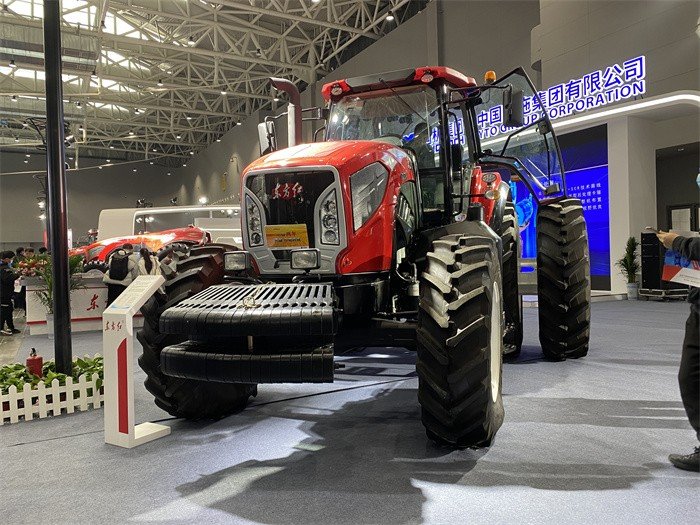
This may represent the thoughts of the vast majority of agricultural machinery workers.
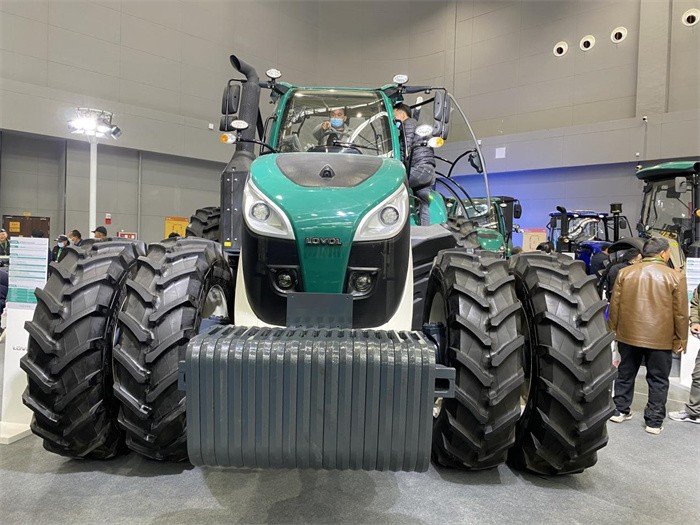
Of course, whether it is engine manufacturers or agricultural machinery host enterprises, the ultimate cost of all these increases will fall on the end users of agricultural machinery - farmers. For farmers, National IV not only pays an extra ten or twenty thousand yuan when purchasing, but also extends the cost pressure to the entire Product lifecycle. In addition to spending more fuel costs, urea (the cost of urea will increase by tens of yuan every day during the operation season) and other expenses, it also brings inconvenience to maintenance - the extension of fault maintenance time, the shortening of effective operation time, and the extension of investment recovery time.






